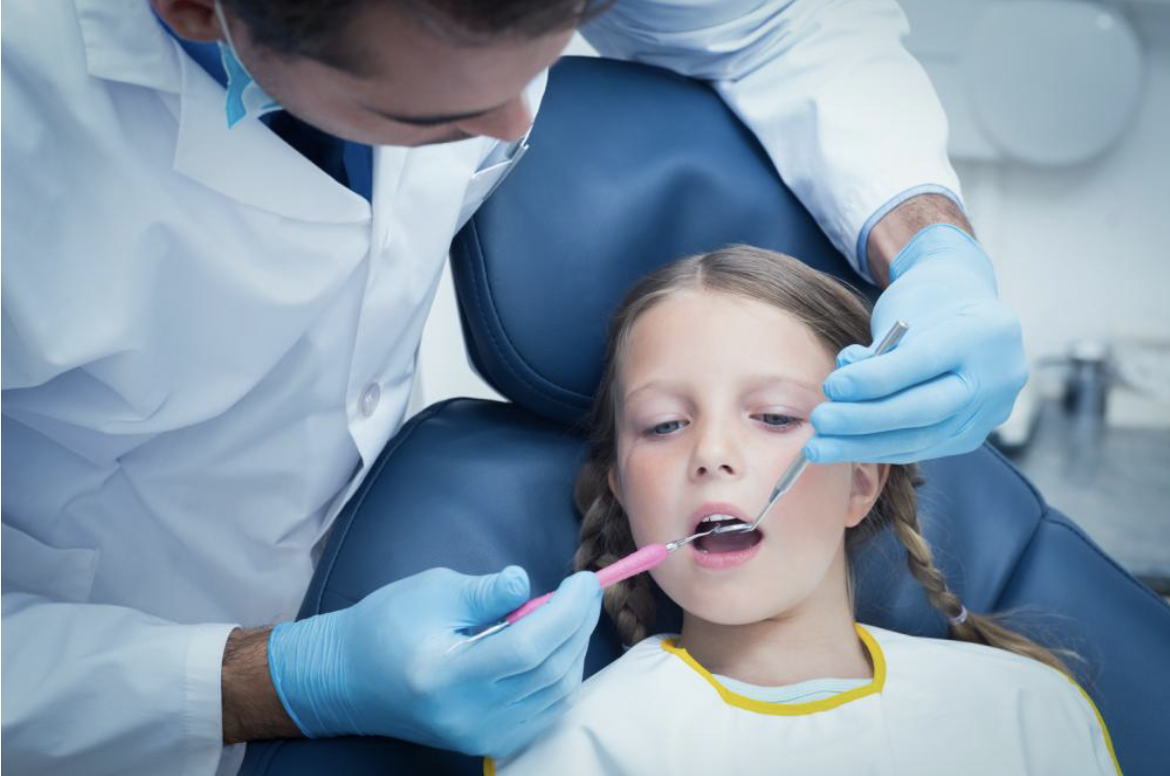Do your gums bleed when you brush your teeth? Are they swollen and red? Chances are that you might have gingivitis. Gingivitis is the initial stage of a periodontal disease. It is important that you schedule an appointment with a periodontist right away for treatment because if left untreated, gingivitis can gradually transform into a serious gum disease known as periodontitis and result into gum decay and tooth loss. And that is definitely something you don’t want.
To help you develop a better understanding, here’s all that you need to about gingivitis.
Gingivitis—What causes it?
Gingivitis is a form of gum disease that is characterized by gum inflammation. The leading cause is poor oral hygiene. When you don’t follow a good dental hygiene routine, it builds up plaque on your gums. Plaque is a colorless, unpleasant and sticky film of bacteria. It is a combination of the leftover particles of food and drinks that are consumed daily.
Overtime, plaque hardens and changes into tartar. Tartar is the breeding ground for infections and may lead to serious dental problems. It is extremely hard to remove tartar with the toothbrush. It acts like a protective shield for bacteria, causing irritation and inflammation in the gums.
Symptoms of Gingivitis
Gingivitis causes redness, irritation and inflammation of the gingiva. Gingiva is the part of the gum surrounding the base of the tooth. Healthy gums are pale pink and firm. However, if you have gingivitis, they may become puffy and swollen due to inflammation. Other classic signs and symptoms of gingivitis include:
- Bad breath
- Dark or dusky red gums
- Bleeding of the gums when brushing or flossing
- Tender gums
- Receding gums
Besides these signs, gum disease can also be spotted if you start to notice that your teeth have an elongated appearance or there are pockets between the gums and teeth. This is where the food debris collects and plaque builds up.
Risk Factors of Gingivitis
Gingivitis is a gum disease that can happen to anyone including children and adults. However, factors that increase the risk of developing this oral condition include the following:
- Poor dental care regime
- Older age
- Chewing tobacco
- Smoking
- Dry mouth
- Genetics
- Medical conditions like fungal or viral infections
- Use of certain drugs like Phenytoin and birth control pills
- Use of calcium-channel blockers
- Hormonal changes related to menstrual cycle and pregnancy
- Vitamin C deficiency
- Poor dental restorations that don’t properly fit
- Crooked teeth that may cause brushing difficult
- Health conditions that lower immunity like HIV, AIDS, leukaemia, and cancer treatment
Prevention and Treatment
The good news is that gingivitis is treatable and reversible. This means that you can easily overcome this dental problem and prevent it from occurring. However, for this, good and regular oral hygiene is a must.
- Proper Brushing with Flossing
To remove plaque, you must brush properly for at least two minutes twice daily—particularly when you wake up in the morning and before you go to bed at night. If you can brush your teeth after meals, it is even better. After brushing, make sure to floss. Flossing at least once every day is vital for oral health. Flossing helps remove the loosened particles of food and bacteria.
- Follow Good Health Practices
By following good health practices like eating right and including Vitamin C in your diet, you can prevent gingivitis. Furthermore, avoid smoking and chewing tobacco.
- Schedule Regular Checkups with Your Periodontist
It is important to schedule an appointment for dental checkup with your periodontist every 6 to 12 months. The dentist can examine your oral condition, clean up tartar and identify any problem before it transforms into a serious dental condition.
If you are experiencing any of the symptoms of gingivitis stated above, please call on (208) 342-0315 to schedule an appointment today with our experienced periodontists.

